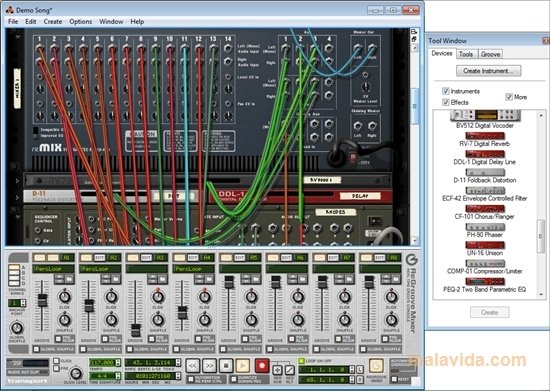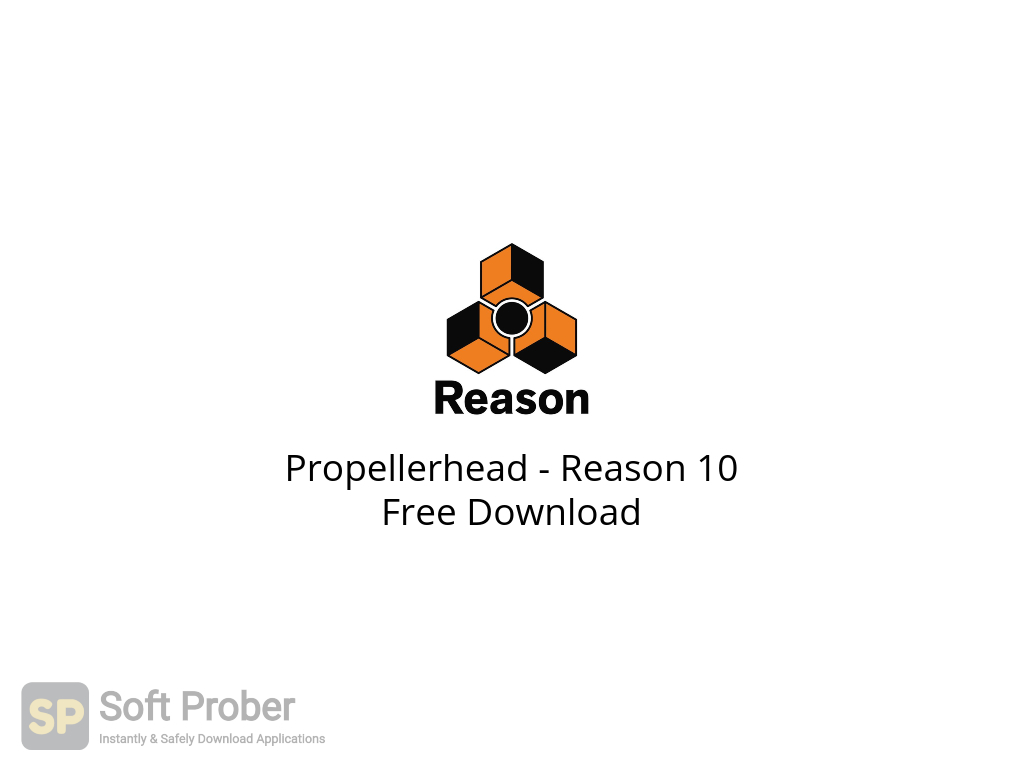
Such returns must have the potential to vary as a result of the investee's performance and can be positive, negative, or both. Īn investor must be exposed, or have rights, to variable returns from its involvement with an investee to control the investee. An investor that holds only protective rights cannot have power over an investee and so cannot control an investee. through voting rights) or be complex (e.g.
the ability to use its power over the investee to affect the amount of the investor's returns. exposure, or rights, to variable returns from its involvement with the investee. the investor has existing rights that give it the ability to direct the relevant activities (the activities that significantly affect the investee's returns) Īn investor controls an investee if and only if the investor has all of the following elements: An investor controls an investee when it is exposed, or has rights, to variable returns from its involvement with the investee and has the ability to affect those returns through its power over the investee. An investor considers all relevant facts and circumstances when assessing whether it controls an investee. Parent An entity that controls one or more entities Power Existing rights that give the current ability to direct the relevant activities Protective rights Rights designed to protect the interest of the party holding those rights without giving that party power over the entity to which those rights relate Relevant activities Activities of the investee that significantly affect the investee's returnsĪn investor determines whether it is a parent by assessing whether it controls one or more investees. measures and evaluates the performance of substantially all of its investments on a fair value basis. commits to its investor(s) that its business purpose is to invest funds solely for returns from capital appreciation, investment income, or both, and. obtains funds from one or more investors for the purpose of providing those investor(s) with investment management services. Consolidated financial statements The financial statements of a group in which the assets, liabilities, equity, income, expenses and cash flows of the parent and its subsidiaries are presented as those of a single economic entity Control of an investee An investor controls an investee when the investor is exposed, or has rights, to variable returns from its involvement with the investee and has the ability to affect those returns through its power over the investee Investment entity* An entity that: 
* Added by Investment Entities amendments, effective 1 January 2014.
 defines an investment entity and sets out an exception to consolidating particular subsidiaries of an investment entity*. sets out the accounting requirements for the preparation of consolidated financial statements.
defines an investment entity and sets out an exception to consolidating particular subsidiaries of an investment entity*. sets out the accounting requirements for the preparation of consolidated financial statements. #Reason 10 download purchase how to#
set out how to apply the principle of control to identify whether an investor controls an investee and therefore must consolidate the investee. defines the principle of control, and establishes control as the basis for consolidation. requires a parent entity (an entity that controls one or more other entities) to present consolidated financial statements. The objective of IFRS 10 is to establish principles for the presentation and preparation of consolidated financial statements when an entity controls one or more other entities. Effect analysis for IFRS 10 and IFRS 12 (link to IASB website). Deloitte IFRS Podcast (May 2011, 12 minutes, 8mb). 

IFRS in Focus Newsletter IASB issues new standard on consolidation summarising the requirements of IFRS 10 (PDF 82k, May 2011).Post-implementation review - IFRS 10, IFRS 11, and IFRS 12.IFRS 10 superseded SIC-12 Consolidation – Special Purpose EntitiesĪmendments under consideration by the IASB.IFRS 10 Consolidated Financial Statements publishedĮffective for annual periods beginning on or after 1 January 2013Īmended by Consolidated Financial Statements, Joint Arrangements and Disclosure of Interests in Other Entities: Transition Guidance ( project history)Īmended by Investment Entities (Amendments to IFRS 10, IFRS 12 and IAS 27) ( project history)Įffective for annual periods beginning on or after 1 January 2014Īmended by Sale or Contribution of Assets between an Investor and its Associate or Joint Venture (Amendments to IFRS 10 and IAS 28)Įffective for annual periods beginning on or after 1 January 2016 deferred indefinitely (see below)ĭefer the effective date of the September 2014 amendments to these standards indefinitely Staff draft of IFRS X Consolidated Financial Statements published Project on consolidation added to the IASB's agenda ( project history)ĮD 10 Consolidated Financial Statements published








 0 kommentar(er)
0 kommentar(er)
